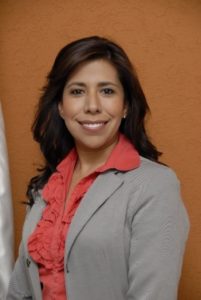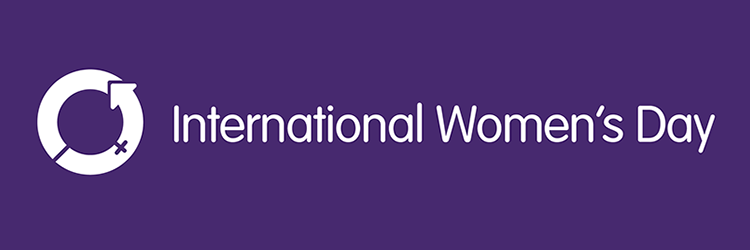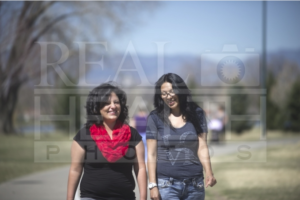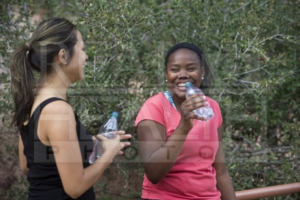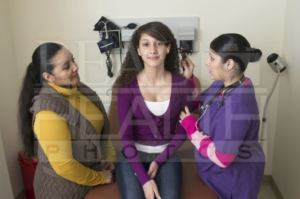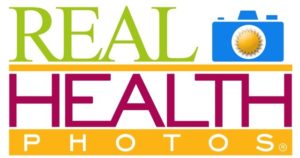KB and Canada Host World’s Sun Safety Experts
How can sun safety messages convince travelers to seek shade and cover up in the sun on vacation? How can the built environment help increase sun safety by maximizing access to shady areas? How can the use of Big Data drive people to be more “sun smart”?
These and many other issues will be front and center at the 4th International Conference on UV and Skin Cancer Prevention at Ryerson University in Toronto, May 1-4. Held in different countries around the world – the 2015 event was in Sydney, Australia – the International Conference on UV and Skin Cancer Prevention highlights the best in public health and community-based approaches to educating the public about the importance of UV protection.
“This fourth conference really aims to disrupt current ways of thinking in the field of skin cancer prevention by sparking new ideas, proposing new intersections between disciplines, and fostering new connections and collaborations,” said Ms. Mary Buller, conference organizer and Owner and President of Klein Buendel, a Golden, Colorado-based health communication research company whose investigators have been conducting skin cancer prevention research since the early 1990s.
While preventing skin cancer is the galvanizing theme of the conference, sessions cover topics ranging from urban planning, architectural design, public health and radiation science. The common goal is to increase public awareness – and public action – on the need for increasing shade and maximizing sun protection, not just during leisure pursuits, but also in the workplace.
“The sun is a workplace hazard that can cause skin cancer, heat stress and eye damage, yet these conditions are preventable with an increase in awareness,” said Dr. Thomas Tenkate, conference organizer and Director of the School of Occupational and Public Health at Ryerson University. …
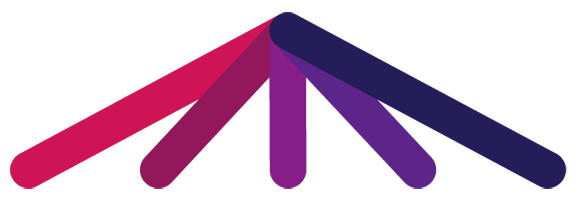

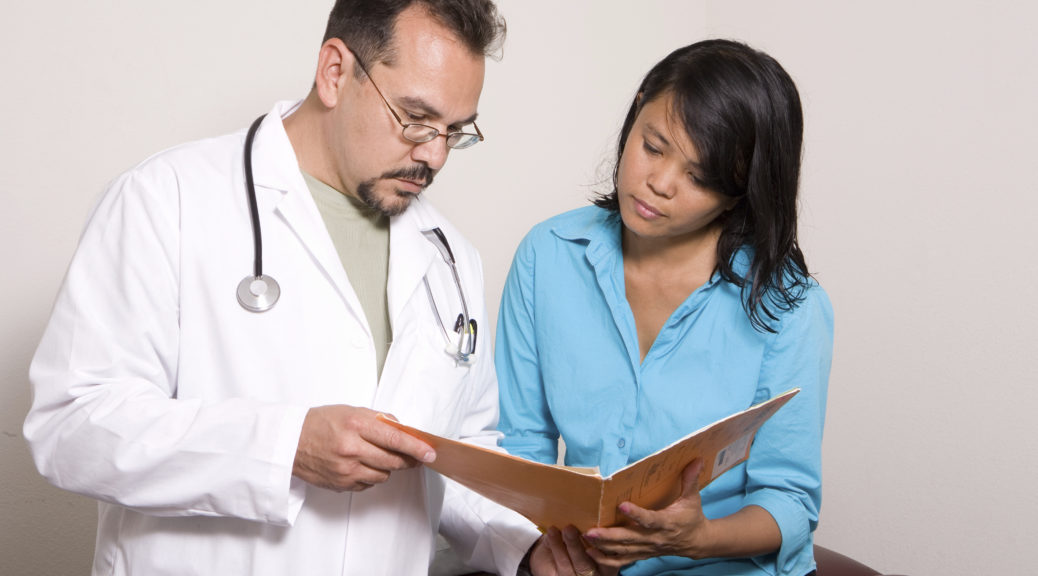
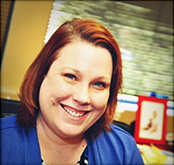 Dr. Valerie Myers, KB Senior Scientist and SBM Fellow, is a co-presenter for three Panel Discussions related to training and career development at the
Dr. Valerie Myers, KB Senior Scientist and SBM Fellow, is a co-presenter for three Panel Discussions related to training and career development at the 


